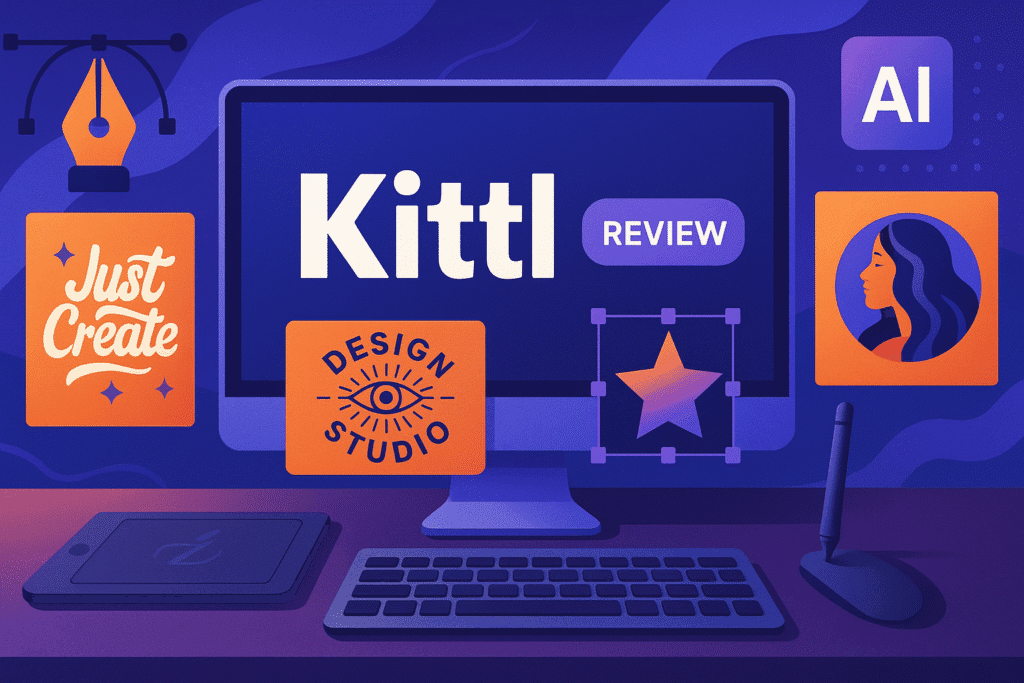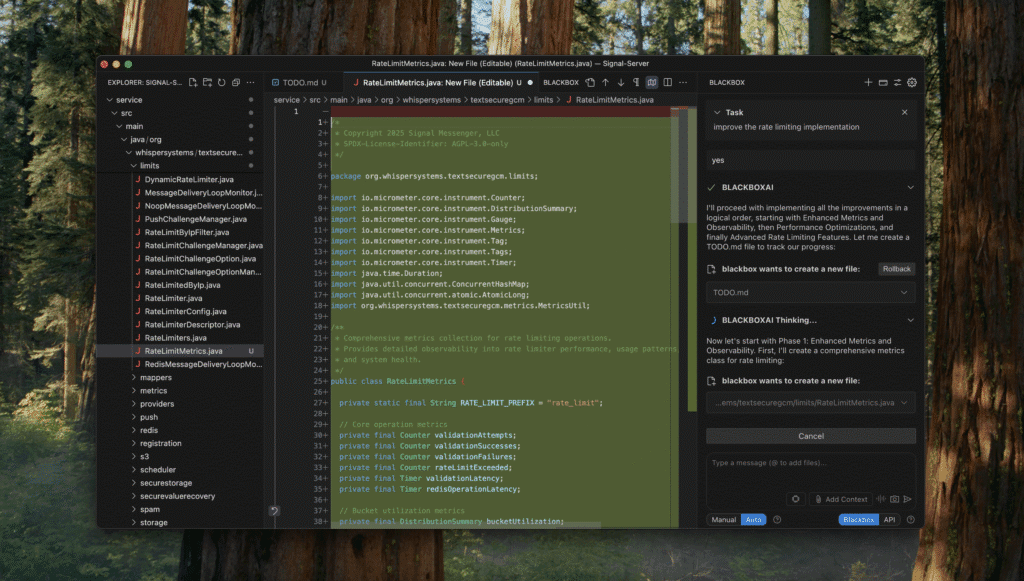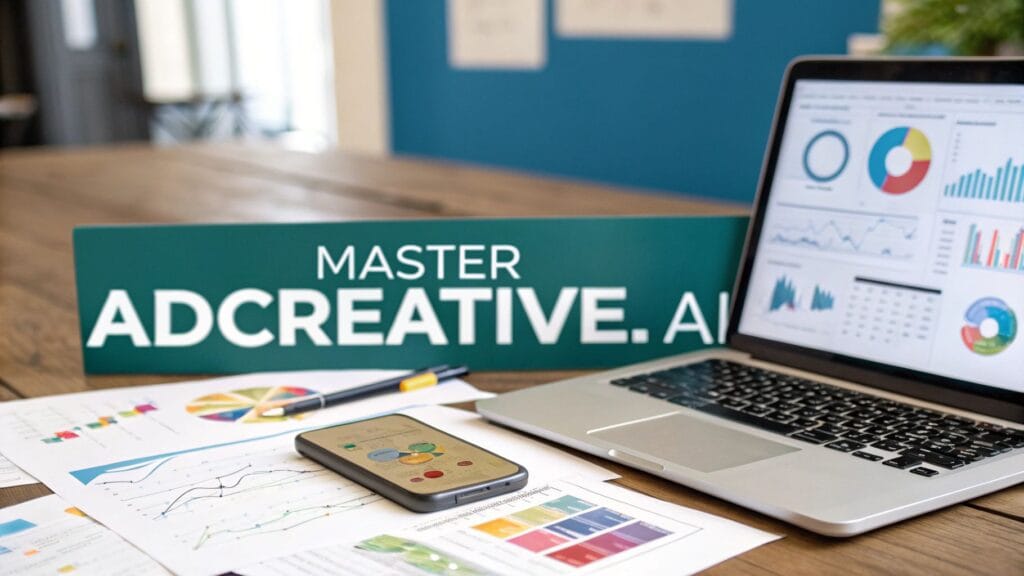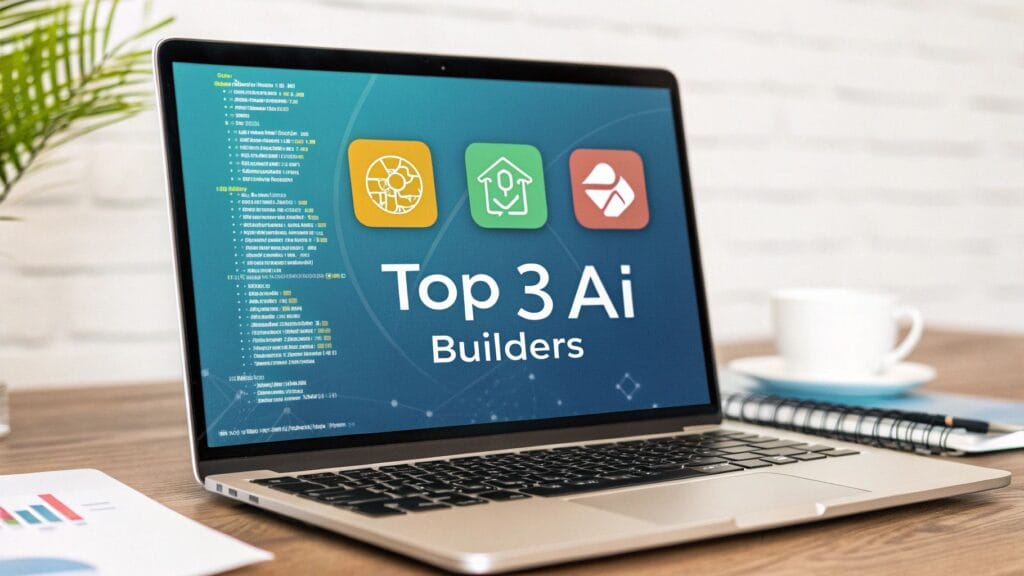Table of Contents
Key Highlights
- This blog is the best resource for learning how to build AI agents for beginners.
- You can explore how to use AI for customer support and as e-commerce helpers.
- We make developing AI agents easy with a simple step-by-step guide, so anyone can do it.
- Find out about the future of automation with AI software like Make and N8N.
- Learn how to test, launch, and keep track of your own AI agent!
The Quiet Revolution of AI Agents in Modern Marketing
In 2023, marketers worldwide faced a paradox: while 64% adopted AI tools, only a fraction unlocked the full potential of AI —autonomous systems that don’t just assist but think and act; the AI agents. Fast-forward to 2025, and the landscape has shifted. Startups, freelancers, online business and even local businesses are leveraging AI agents to automate complex workflows, predict customer behavior, and craft strategies that outpace competitors.
What Are AI Agents?
AI agents are autonomous programs that analyze data, learn patterns, and execute tasks without constant human input. Unlike basic chatbots or scripted tools, they adapt.
These agents can be simple, like a chatbot that answers questions from customers. They can also be complex, like a system that runs an entire factory floor. The secret to their success is their ability to see their surroundings, learn from data, and make choices to get the results you want.
According to a 2024 Gartner report, businesses using AI agents reduced operational costs by 35% and improved campaign ROI by 40%. The key difference? These agents learn. They use machine learning (ML) models to refine their decisions, making them invaluable for tasks like ad optimization or lead scoring.
Different Types of AI Agents
Now, just like there are different tools for different jobs, AI agents also come in many types, each with its own advantages. Let’s look at a few:
- Simple reflex agents are the rule-followers. They do well in situations with clear patterns and react to certain triggers using pre-set instructions. For example, think of a chatbot that gives quick answers based on the keywords in your questions—that’s a simple reflex agent working!
- Next, we have model-based reflex agents. These smart agents create an internal model of their surroundings. They use their knowledge to make better choices, even when things don’t go as expected. They are like master strategists, always planning a few steps ahead!
- Finally, the most flexible type is the learning agents. As their name suggests, they learn and grow from experience. Imagine an AI system that gets better at suggesting products the more you use it—that’s the learning agents for you.
How to Build Your Own AI Agent?
With today’s technology, you don’t need to be a coding expert to learn to build your first AI agent. The first step is to define your goals. What do you want your AI agent to accomplish Once you know what you want, you can begin collecting the data your AI needs to learn and grow. This is like giving your AI agent the information it needs to become skilled in the area you choose.
Building an AI agent might sound daunting, but with no-code platforms, it’s akin to assembling IKEA furniture—follow the instructions, and it works. Here’s how:
Let Me Introduce Make and n8n
Imagine you have a box of LEGO blocks. Each block can do one thing: send an email, check Instagram, or talk to ChatGPT. Make.com and n8n.io let you snap these blocks together to build a robot (your AI agent) that does tasks automatically.
For example:
- LEGO Block 1: “Check Gmail for new emails.”
- LEGO Block 2: “If the email says ‘urgent,’ send a Slack alert.”
- LEGO Block 3: “If not, reply with a thank-you message using ChatGPT.”
That’s it! No coding—just connecting blocks.
Why Make.com and n8n.io?
- No-Code Flexibility: Drag-and-drop interfaces to create workflows (called scenarios in Make.com or workflows in n8n.io).
- AI Integration: Connect OpenAI, Claude, DeepSeek or custom models to analyze data, generate content, or make decisions.
- Cost-Effective: Free tiers available (Make.com offers 1,000 operations/month; n8n.io is open-source and self-hostable).
How These AI Tools Work (3 Simple Steps)
1. Pick a Trigger: What starts the automation?
Example: “When someone fills out my Google Form…”
2. Add an Action: What should happen next?
Example: “…send their info to ChatGPT to check if they’re a good lead.”
3. Decide the Outcome: What’s the final step?
Example: “…if they’re a good lead, add them to HubSpot. If not, send a follow-up email.”
Let’s Build Your First AI Agent (With Examples)
Example 1: Instagram Comment Responder
Goal: Automatically reply to comments on your posts.
Tools: Make.com + ChatGPT.
Steps:
- Trigger: Select “New comment on Instagram” in Make.com.
- Action: Connect to ChatGPT and ask: “Write a friendly reply to this comment: [Comment Text].”
- Result: Post the ChatGPT reply back to Instagram.
Why It’s Cool: Saves 10+ hours/month.
Example 2: Lead Qualifier for Small Businesses
Goal: Automatically sort leads from a Google Form.
Tools: n8n.io + Google Forms.
Steps:
- Trigger: Select “New Google Form response” in n8n.io.
- Action: Send the response to ChatGPT and ask: “Is this person from a company with 50+ employees?”
- Result:
- If Yes → Add to your CRM (like HubSpot).
- If No → Send a “Thanks for applying!” email.
Why It’s Cool: No more manual data entry!
Make.com vs. n8n.io: Which Should You Use?

Example 1: Build a Social Media Monitoring Agent with Make
Goal: Automatically track brand mentions, analyze sentiment, and alert your team.
Steps:
- Trigger: Set up a trigger to scan Twitter/X for mentions of your brand (using Make.com’s Twitter module).
- AI Analysis: Route mentions to OpenAI’s API to assess sentiment (positive, negative, neutral).
Action:
- Send negative sentiment alerts to Slack.
- Auto-reply to positive mentions with a thank-you message.
Result: A bakery used this agent to catch complaints about delayed deliveries in real time, improving response speed by 90%.
Example 2: Create a Lead Qualification Agent with n8n
Goal: Automatically score leads from a Google Form and add qualified ones to a CRM.
Steps:
- Trigger: New Google Form entry (e.g., “Request a Demo”).
- AI Processing: Use n8n.io’s Code Node to send lead data to OpenAI:
- Ask ChatGPT: “Is this lead from a B2B company with 50+ employees?”
Decision:
- If “Yes,” add to HubSpot CRM.
- If “No,” send a nurturing email sequence.
Result: A SaaS startup automated 80% of lead screening, saving 15 hours/week.
Key Features of Make.com vs. n8n.io
| Feature | Make | n8n |
| Pricing | Free tier (1K ops/month); paid from $9/month. | Free open-source; cloud plans from $20/month. |
| AI Integrations | OpenAI, Google AI, pre-built modules. | Supports any API (OpenAI, Claude, custom). |
| Ease of Use | Visual, beginner-friendly. | More flexible but steeper learning curve. |
| Best For | Quick automations with templates. | Complex workflows with custom logic. |
Why These Tools Beat Traditional Coding
- Speed: Build a functional AI agent in 1 hour vs. weeks of coding.
- Scalability: Start free, then upgrade as your needs grow.
- Community Support: Reddit’s r/nocode and Make.com’s template library offer plug-and-play solutions.
Pro Tip: Use n8n.io’s HTTP Request node to connect niche tools like Lemlist or Airtable that aren’t natively supported.
How To Get AI To Plan A Marketing Strategy
AI agents don’t just execute tasks—they strategize. AI marketing automation is here and the minute you’re not using it, you fall behind. Here’s how to turn data into actionable plans:
Phase 1: Data Aggregation
Pull data from Google Analytics, CRM systems, and social platforms.
Tools like Airtable or Notion AI can centralize this data. (This is especially very useful for b2b ai marketing solutions)
Phase 2: Pattern Recognition
AI tools like Jasper or Copy.ai analyze data to uncover trends. For example:
“Video content drives 2x more engagement for B2C brands on TikTok.”
“Email campaigns sent at 10 AM on Tuesdays have a 30% higher open rate.”
Phase 3: Strategy Generation
Platforms like ChatGPT-4 can draft a full marketing plan. Input prompts like:
“Create a Q4 marketing strategy for a vegan skincare brand targeting millennials.”
“Allocate a $10,000 budget across Facebook Ads, influencer partnerships, and SEO.”
Real-World Example: A DTC jewelry brand used an AI agent to analyze 1,000+ Instagram posts, identify trending designs, and launch a collection that sold out in 48 hours.
Searchıng for best strategıes?
Check out our blog about Onlıne Marketıng
Free Tools to Build AI Agents (Without a Tech Team)
After all this information, I hear you asking “How to create free AI agents tho?”. Other than paid tools, you always have options to use free software;
For Chatbots:
- Google’s Dialogflow: Free tier includes 15,000 monthly requests. Perfect for small businesses.
- Botpress: Open-source, with pre-built templates for industries like healthcare or e-commerce.
For Predictive Analytics:
- Hugging Face: Access free ML models for sentiment analysis or trend prediction.
- RapidMiner: A free plan for data mining and predictive modeling (limited to 10,000 rows).
For Workflow Automation:
- Zapier’s ChatGPT Integration: Connect AI to 5,000+ apps. Example: “Auto-generate blog ideas from trending Reddit threads.”
- Cost-Saving Insight: A 2024 TechCrunch survey found that 68% of solopreneurs use free AI tools to replace $500/month SaaS subscriptions.
Case Study: How a B2B Startup Scaled with an AI Agent
The Challenge: A fintech startup struggled to identify decision-makers in Fortune 500 companies. Manual LinkedIn searches took 20+ hours weekly.
The Solution:
- Built a Phantombuster agent to scrape LinkedIn for titles like “CFO” or “Head of Procurement.”
- Integrated with HubSpot to auto-send personalized connection requests.
- Added a GPT-4 layer to customize pitches based on the prospect’s industry.
The Result: 500+ qualified leads/month with a 15% response rate. Reduced manual work by 80%, freeing the team to focus on closing deals.
Common Pitfalls (And How to Avoid Them)
Mistake 1: Overambition
A Reddit user shared how their first agent—designed to handle “all social media, emails, and ads”—crashed within days.
Fix: Start with one task (e.g., “auto-reply to Instagram DMs”).
Mistake 2: Ignoring Data Bias
An e-commerce brand trained its agent on skewed data (mostly male buyers), leading to poor recommendations for female customers.
Fix: Use diverse datasets and tools like IBM’s AI Fairness 360 to detect bias.
Mistake 3: Neglecting Maintenance
AI agents degrade over time. A travel agency’s chatbot failed to recognize post-pandemic travel trends like “workations.”
Fix: Schedule monthly updates to retrain models with fresh data.
Conclusion: The Future Belongs to AI-Augmented Marketers
The growth of AI agents boosts human creativity by automating tasks, finding insights, and improving strategies. With Make.com and n8n.io, building AI agents isn’t a distant dream—it’s a weekend project. Automate lead gen, social listening, or content planning without writing a single line of code.
FAQ
Can AI agents replace human marketers?
No—they’re force multipliers. While agents handle grunt work, humans strategize and innovate.
What’s the cheapest way to start with AI agents?
Combine Zapier’s free plan with ChatGPT to automate tasks like social media scheduling.
How long does it take to build an AI agent?
Simple agents (e.g., email responders) take 2-3 hours. Complex ones (e.g., predictive analytics) require 1-2 weeks.




